Home>Technology>Security & Surveillance>How To Pick A Lock On A Door With A Paperclip
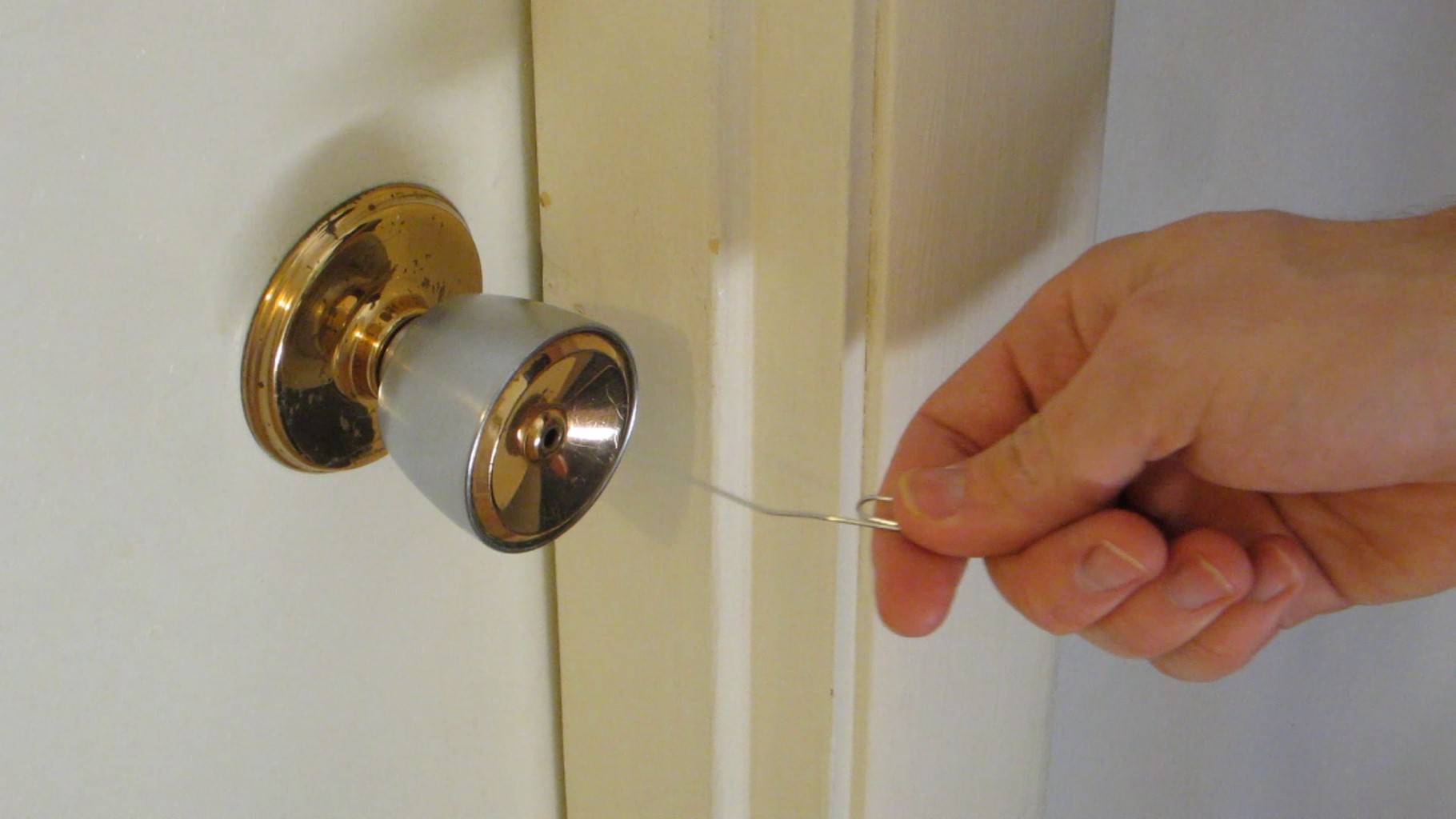

Security & Surveillance
How To Pick A Lock On A Door With A Paperclip
Published: December 27, 2023
Learn how to pick a lock on a door with a paperclip for emergency situations. Enhance your security and surveillance skills with this handy technique.
(Many of the links in this article redirect to a specific reviewed product. Your purchase of these products through affiliate links helps to generate commission for Storables.com, at no extra cost. Learn more)
**
Introduction
**
Welcome to the intriguing world of lock picking! While the idea of picking a lock with a paperclip might seem like something straight out of a spy movie, it's a skill that can come in handy in various situations. Whether you've accidentally locked yourself out of your room or simply want to delve into the art of locksmithing, understanding the basics of lock picking can be both enlightening and practical.
Lock picking is a fascinating blend of precision, patience, and problem-solving. It's important to note that lock picking should only be used for ethical and legal purposes, such as gaining access to your own property when the key is unavailable. Engaging in lock picking without proper authorization is illegal and unethical.
In this guide, we'll delve into the art of picking a lock with a paperclip, a skill that requires dexterity and a keen understanding of the mechanics of locks. We'll explore the fundamentals of lock picking, including the tools required, the techniques involved, and the ethical considerations to keep in mind.
So, grab a paperclip and get ready to embark on a journey into the world of lock picking. Remember, this knowledge should be used responsibly and ethically. Let's unravel the mysteries of lock picking and discover the art and science behind this intriguing skill.
Key Takeaways:
- Crafting a tension wrench and lockpick from paperclips showcases resourcefulness and ingenuity, offering a glimpse into the captivating world of security and locksmithing.
- Picking a lock with paperclip tools requires patience, precision, and ethical consideration. It’s a delicate dance of forces and finesse, demonstrating the art and science of lock picking.
Read more: How To Pick A Door Lock
Understanding the Basics of Lockpicking
Before delving into the practical aspects of lock picking, it’s crucial to grasp the fundamental principles behind this art form. Locks operate on the basis of internal mechanisms that must be manipulated in a precise manner to open the lock without the original key. Understanding these mechanisms is essential for successful lock picking.
Locks typically consist of a cylindrical plug containing a series of pins. When the correct key is inserted, the notches on the key align the pins at the shear line, allowing the plug to rotate and thereby unlocking the mechanism. In the absence of a key, lock pickers use tools such as tension wrenches and lockpicks to mimic this action.
One of the most critical aspects of lock picking is the application of tension. A tension wrench is used to apply slight pressure to the lock’s plug, creating a binding effect on the pins. This tension must be maintained throughout the picking process to enable the manipulation of the pins with the lockpick.
Lockpicks come in various shapes and sizes, each designed to manipulate the pins within the lock. These tools are carefully maneuvered to lift the pins to the correct height at the shear line, allowing the plug to rotate and the lock to open. Understanding the subtle feedback and resistance from the pins is crucial in determining the correct positioning to successfully pick the lock.
It’s important to approach lock picking with patience and a methodical mindset. Developing a sense of touch and feedback from the lock is essential for honing this skill. Additionally, mastering the art of lock picking involves practice, perseverance, and a deep understanding of the inner workings of locks.
By comprehending the basic principles of lockpicking, enthusiasts can gain a deeper appreciation for the intricacies of locks and security systems. This knowledge forms the foundation for successfully picking a lock with a paperclip, a skill that requires both precision and finesse.
Making a Tension Wrench from a Paperclip
Before embarking on the art of lock picking with a paperclip, it’s essential to craft the necessary tools. A tension wrench, also known as a torque wrench, is a vital component in the lock-picking process. This tool is used to apply slight pressure to the lock’s plug, creating the necessary tension for manipulating the pins with a lockpick.
To create a tension wrench from a paperclip, you’ll need a standard metal paperclip. Begin by straightening out the paperclip to form a relatively straight piece of wire. Next, bend the wire at a 90-degree angle, approximately 1/8 of an inch from one end. This bent portion will serve as the handle of the tension wrench.
After creating the handle, bend the longer portion of the wire to form a slight “L” shape. This angled section will be inserted into the keyway of the lock, applying the necessary rotational force to the plug. It’s crucial to ensure that the bent tip of the tension wrench fits securely within the keyway without impeding the movement of the lockpick.
Once the tension wrench is crafted, it’s important to test its functionality by inserting it into the keyway and applying slight pressure in the direction of the lock’s rotation. The tension wrench should effectively enable you to apply rotational force to the plug while maintaining consistent tension throughout the lock-picking process.
Crafting a tension wrench from a paperclip exemplifies the resourcefulness and ingenuity that are integral to the art of lock picking. The ability to fashion a functional tool from everyday materials underscores the practical and creative aspects of this skill. With the tension wrench in hand, you’re now equipped to proceed to the next step: crafting a lockpick from a paperclip.
Insert the straight end of the paperclip into the keyhole and apply slight pressure. Use the curved end to push up the pins inside the lock until they click into place. Keep applying pressure and turning the paperclip until the lock opens.
Crafting a Lockpick from a Paperclip
With the tension wrench ready, the next step in the process of picking a lock with a paperclip is crafting a lockpick itself. A lockpick is used to manipulate the pins within the lock, lifting them to the correct height at the shear line to enable the rotation of the plug. Crafting a functional lockpick from a paperclip requires precision and attention to detail.
To begin, take another standard metal paperclip and straighten it out to form a relatively straight piece of wire. This wire will serve as the raw material for creating the lockpick. Using needle-nose pliers, carefully bend one end of the wire to form a small hook. This hook will be used to manipulate the individual pins within the lock.
The hook of the lockpick should be crafted with a slight curvature, resembling the shape of a miniature shepherd’s crook. This curvature allows for better maneuverability within the confines of the lock’s keyway, facilitating the precise manipulation of the pins. It’s essential to ensure that the hook is neither too sharp nor too blunt, striking a balance that enables effective interaction with the pins.
After crafting the hook, the opposite end of the wire can be bent to form a handle for the lockpick. This handle provides a comfortable grip and allows for precise control during the intricate process of manipulating the lock’s pins. The overall length of the lockpick should be tailored to accommodate the specific dimensions of the lock being manipulated.
Once the lockpick is crafted, it’s crucial to test its functionality by maneuvering it within the keyway of the lock. The hook should smoothly interact with the pins, allowing for controlled manipulation and lifting to the correct height. The lockpick’s design and dimensions should enable it to navigate the internal mechanisms of the lock with finesse and precision.
By crafting a functional lockpick from a paperclip, enthusiasts gain a deeper understanding of the intricate tools and techniques involved in the art of lock picking. This resourcefulness and hands-on approach exemplify the practical and creative aspects of mastering this skill. With the tension wrench and lockpick in hand, you’re now prepared to proceed to the final step: picking the lock with the paperclip tools.
Picking the Lock with the Paperclip Tools
With the tension wrench and lockpick crafted from humble paperclips, you are now equipped to embark on the fascinating process of picking a lock. This intricate art form requires patience, precision, and a deep understanding of the lock’s internal mechanisms. By applying the tension wrench and maneuvering the lockpick, you can navigate the pins within the lock to achieve a successful lock-picking outcome.
Begin by inserting the tension wrench into the lower part of the keyway and applying slight rotational pressure in the direction that the key would turn. Maintain consistent pressure with the tension wrench to create a binding effect on the lock’s pins, preparing the lock for manipulation with the lockpick.
Next, insert the crafted lockpick into the top part of the keyway, ensuring that the hook of the lockpick is positioned to interact with the individual pins within the lock. With the lockpick in place, gently maneuver the hook to lift each pin to the correct height at the shear line. As each pin reaches the correct position, a subtle click or movement may be felt, indicating progress in the lock-picking process.
While maintaining tension with the wrench, continue to manipulate the pins with the lockpick, carefully lifting and setting each pin to the correct height. As each pin reaches the shear line, the plug will gradually rotate, ultimately unlocking the mechanism and opening the lock. This delicate interplay between the tension wrench and lockpick is the essence of successful lock picking.
It’s important to approach the process with patience and attentiveness, as the tactile feedback and subtle cues from the lock guide the manipulation of the pins. Developing a keen sense of touch and finesse is essential for mastering this skill, and practice is key to refining the art of lock picking.
As the lock’s mechanism surrenders to the delicate dance of the paperclip tools, the satisfaction of successfully picking a lock is both a testament to your newfound skills and a captivating demonstration of the principles of lockpicking. Remember, this knowledge should be used responsibly and ethically, respecting the laws and regulations governing lock picking in your jurisdiction.
With the lock now successfully picked, you’ve unlocked the mysteries of this captivating art form, demonstrating the resourcefulness and ingenuity inherent in the craft of lock picking. Whether for practical purposes or as a hobbyist enthusiast, the art of picking a lock with a paperclip offers a glimpse into the fascinating world of security and locksmithing.
Read more: How To Pick A RV Door Lock
Conclusion
Embarking on the journey of picking a lock with a paperclip has unveiled the captivating art and science behind this skill. From understanding the intricate mechanisms of locks to crafting the essential tools from humble paperclips, the process of lock picking embodies resourcefulness, creativity, and precision.
As you’ve delved into the basics of lock picking, you’ve gained a deeper appreciation for the inner workings of locks and security systems. The application of tension wrenches and lockpicks to manipulate the pins within a lock has showcased the delicate interplay of forces and precision required to achieve a successful lock-picking outcome.
Through crafting a tension wrench and lockpick from paperclips, you’ve demonstrated the practical and inventive aspects of locksmithing. The ability to fashion functional tools from everyday materials underscores the resourcefulness and ingenuity that are integral to the art of lock picking.
Picking a lock with paperclip tools is not merely a demonstration of skill, but a testament to patience, attentiveness, and a deep understanding of the principles of lockpicking. The tactile feedback and subtle cues from the lock guide the delicate manipulation of the pins, requiring a keen sense of touch and finesse.
It’s important to approach the knowledge of lock picking with responsibility and ethical consideration. This skill should be used for lawful and ethical purposes, such as gaining access to your own property when the key is unavailable. Engaging in lock picking without proper authorization is illegal and unethical.
Whether you’ve embarked on this journey for practical reasons or as a hobbyist enthusiast, the art of picking a lock with a paperclip offers a fascinating glimpse into the world of security and locksmithing. The resourcefulness, creativity, and precision involved in this skill make it a captivating pursuit for those intrigued by the art and science of locks and security systems.
As you conclude this exploration of lock picking, remember to approach this knowledge with respect for the laws and regulations governing lock picking in your jurisdiction. By embracing the principles of ethical and responsible use, you honor the craft of lock picking and contribute to the preservation of security and integrity.
Frequently Asked Questions about How To Pick A Lock On A Door With A Paperclip
Was this page helpful?
At Storables.com, we guarantee accurate and reliable information. Our content, validated by Expert Board Contributors, is crafted following stringent Editorial Policies. We're committed to providing you with well-researched, expert-backed insights for all your informational needs.
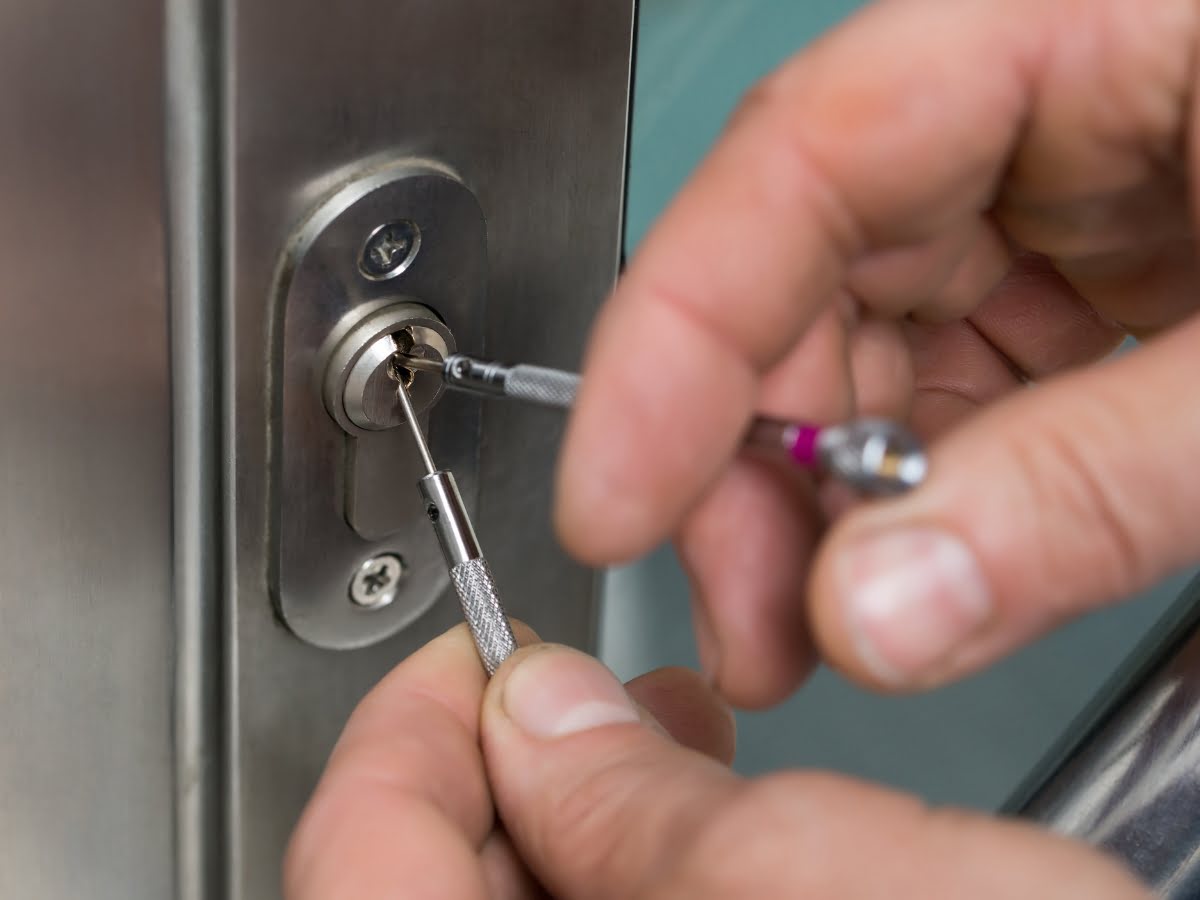


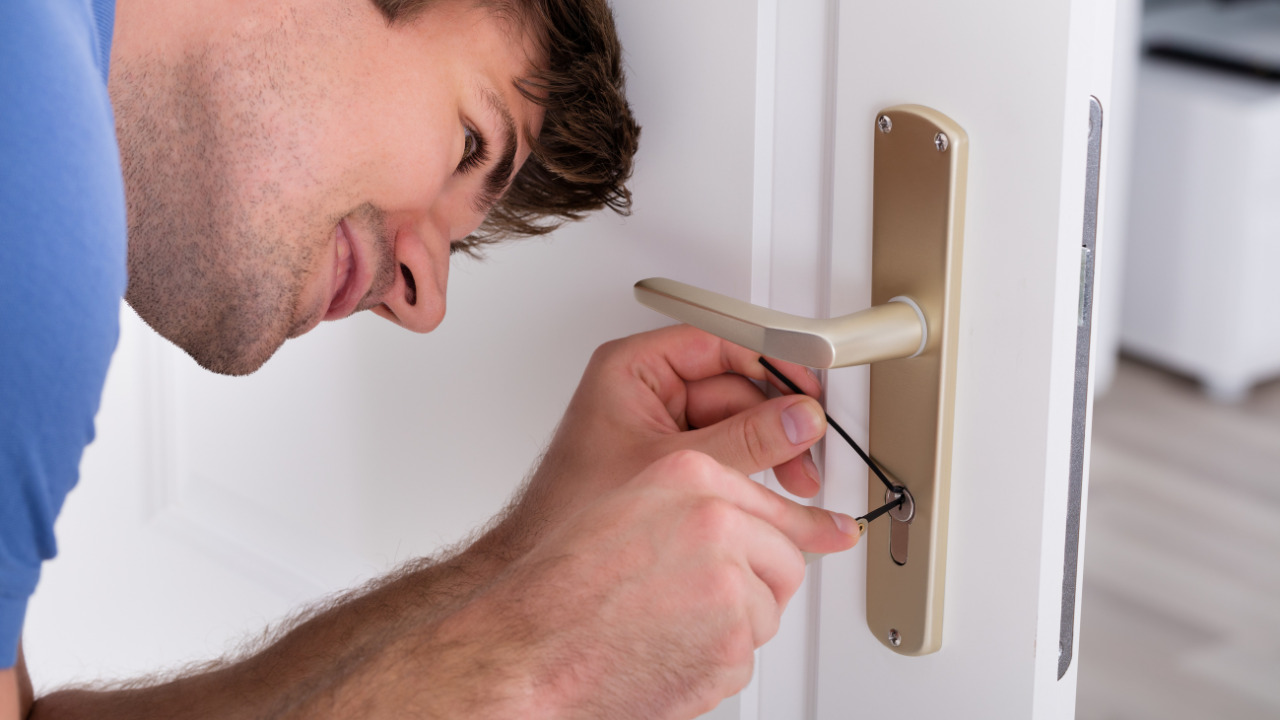

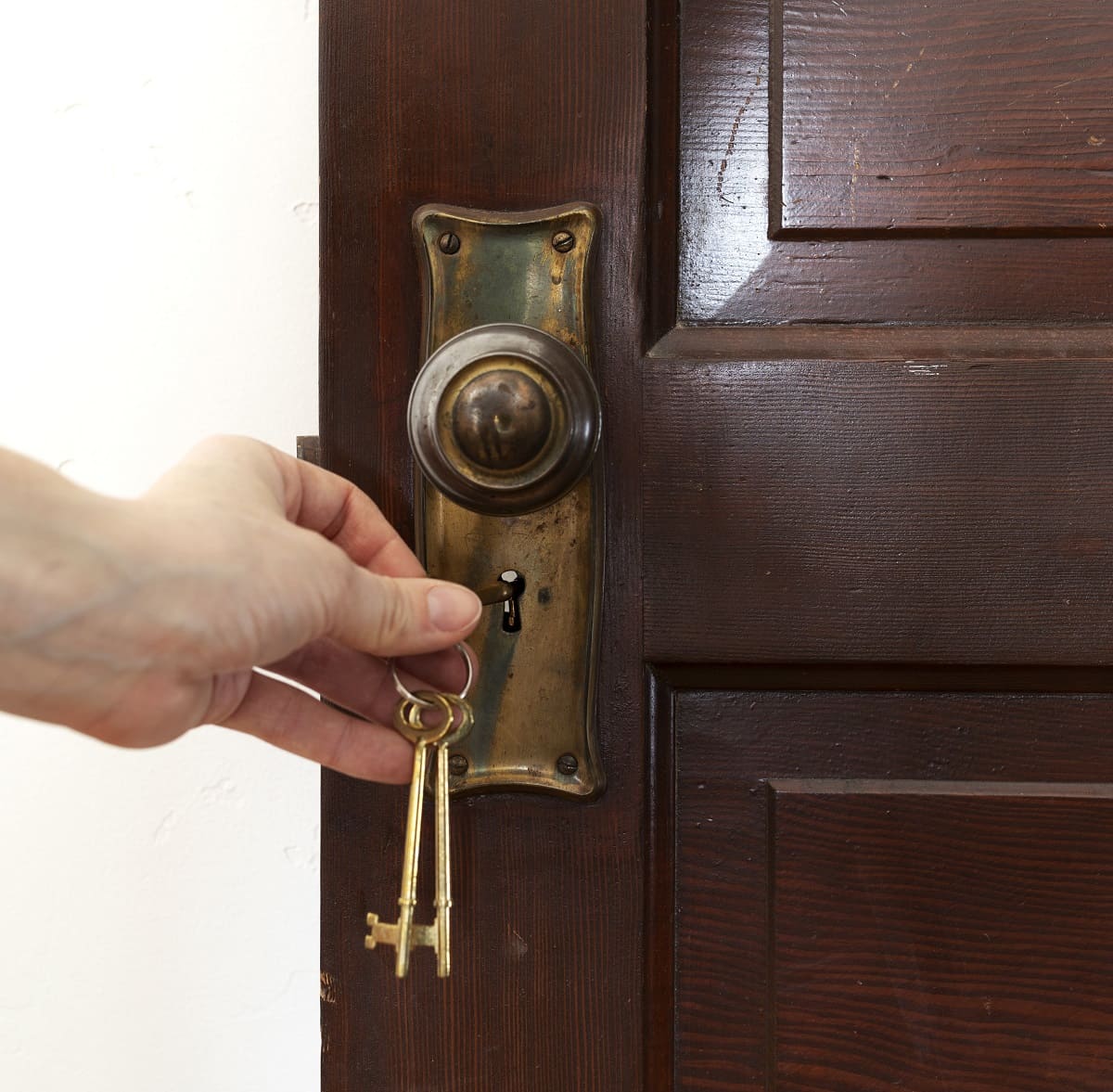
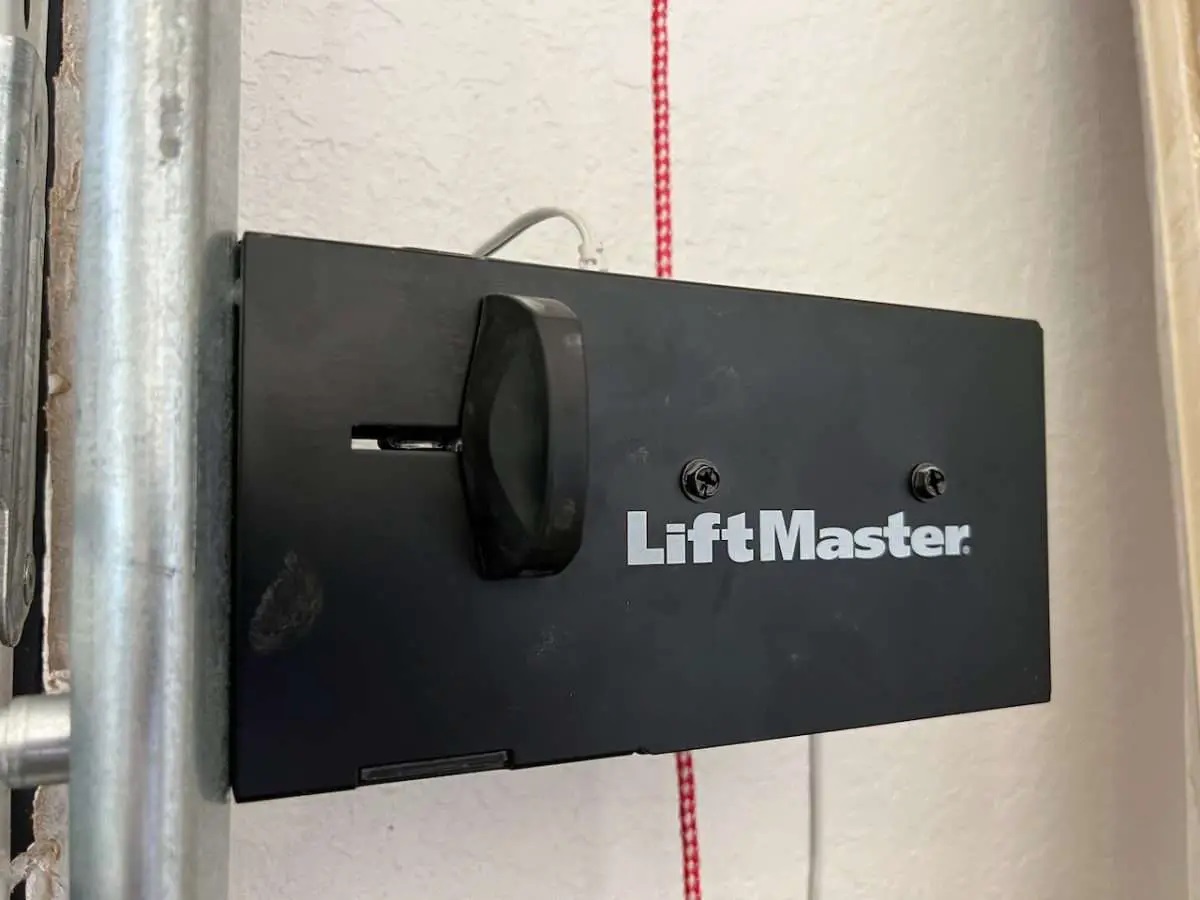
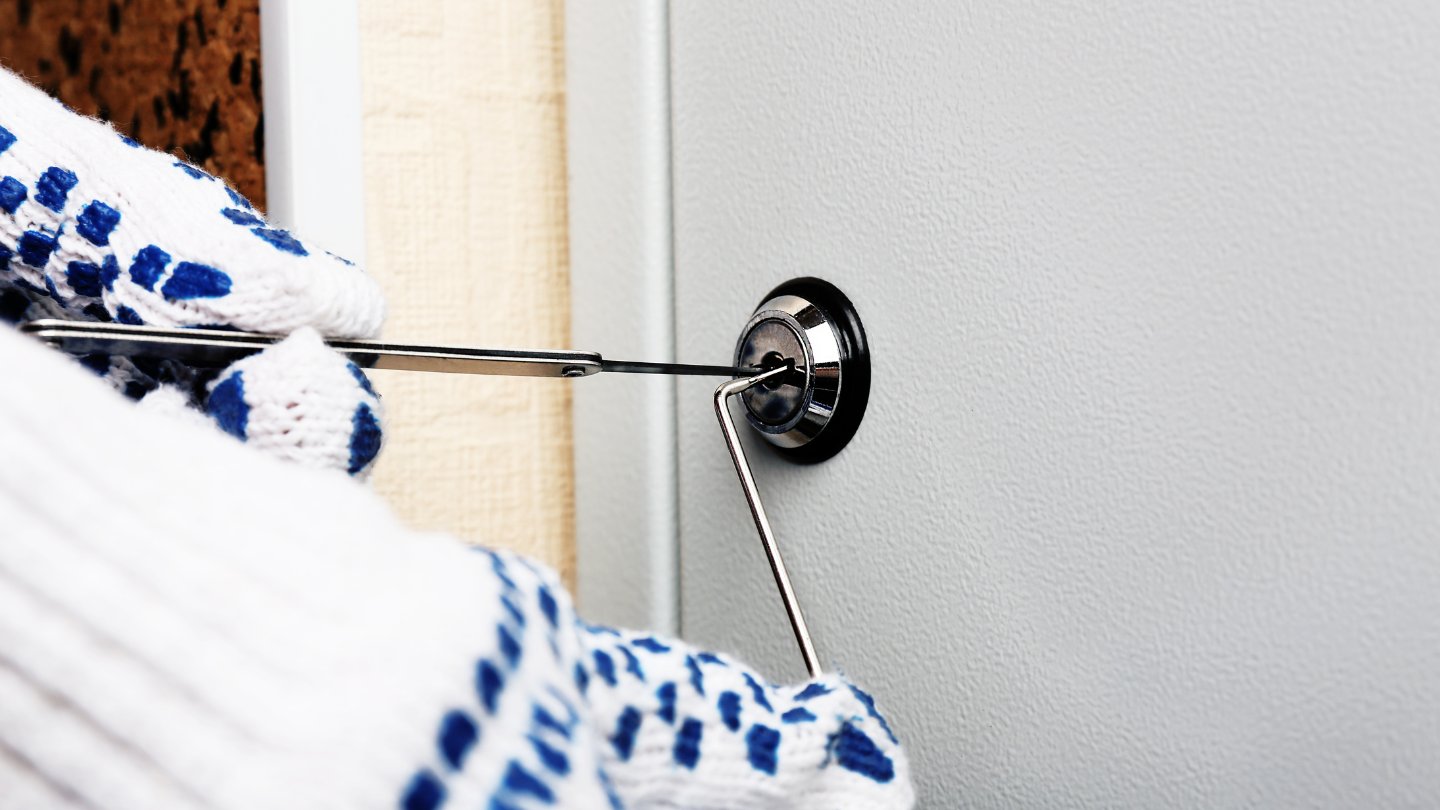
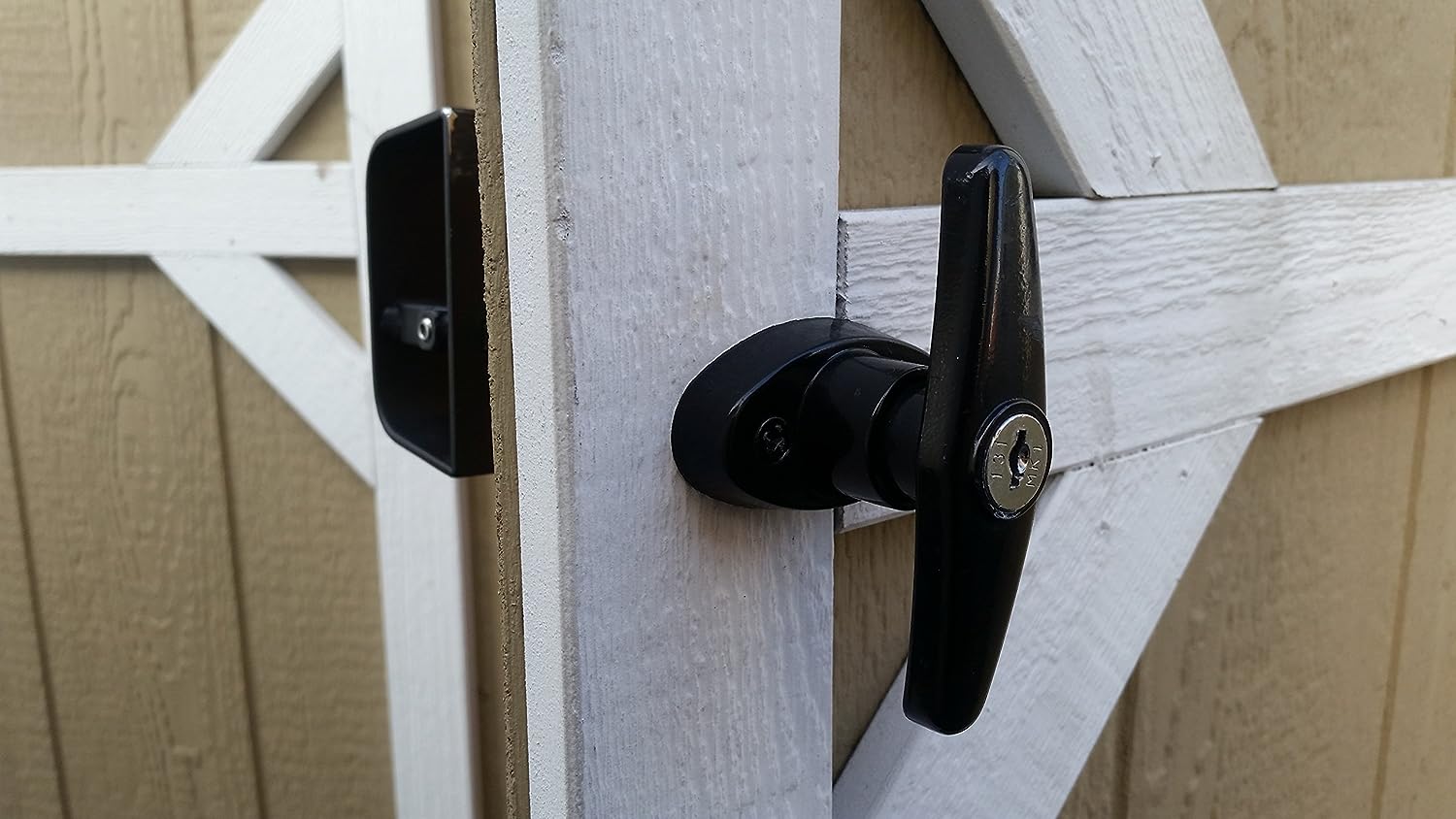
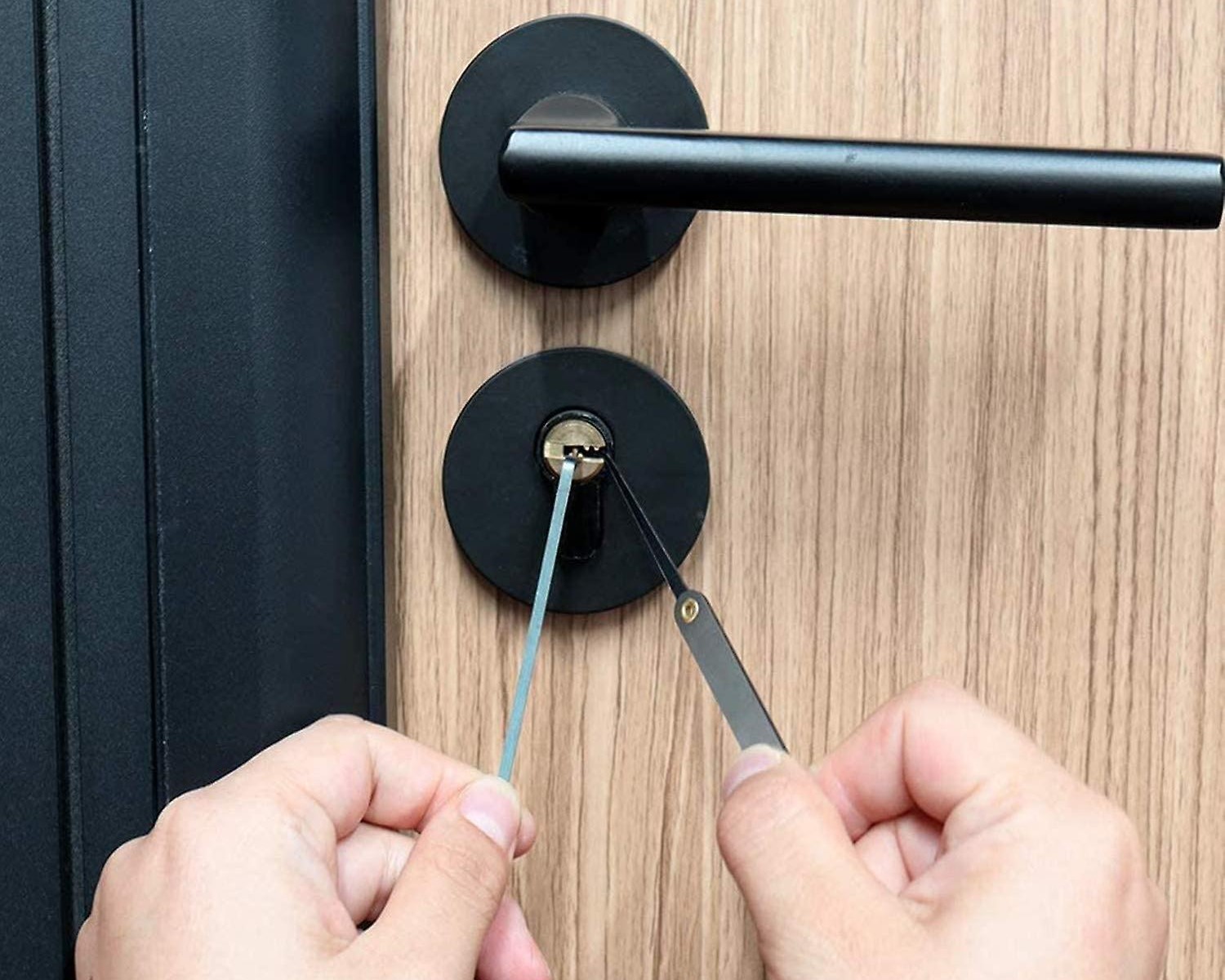

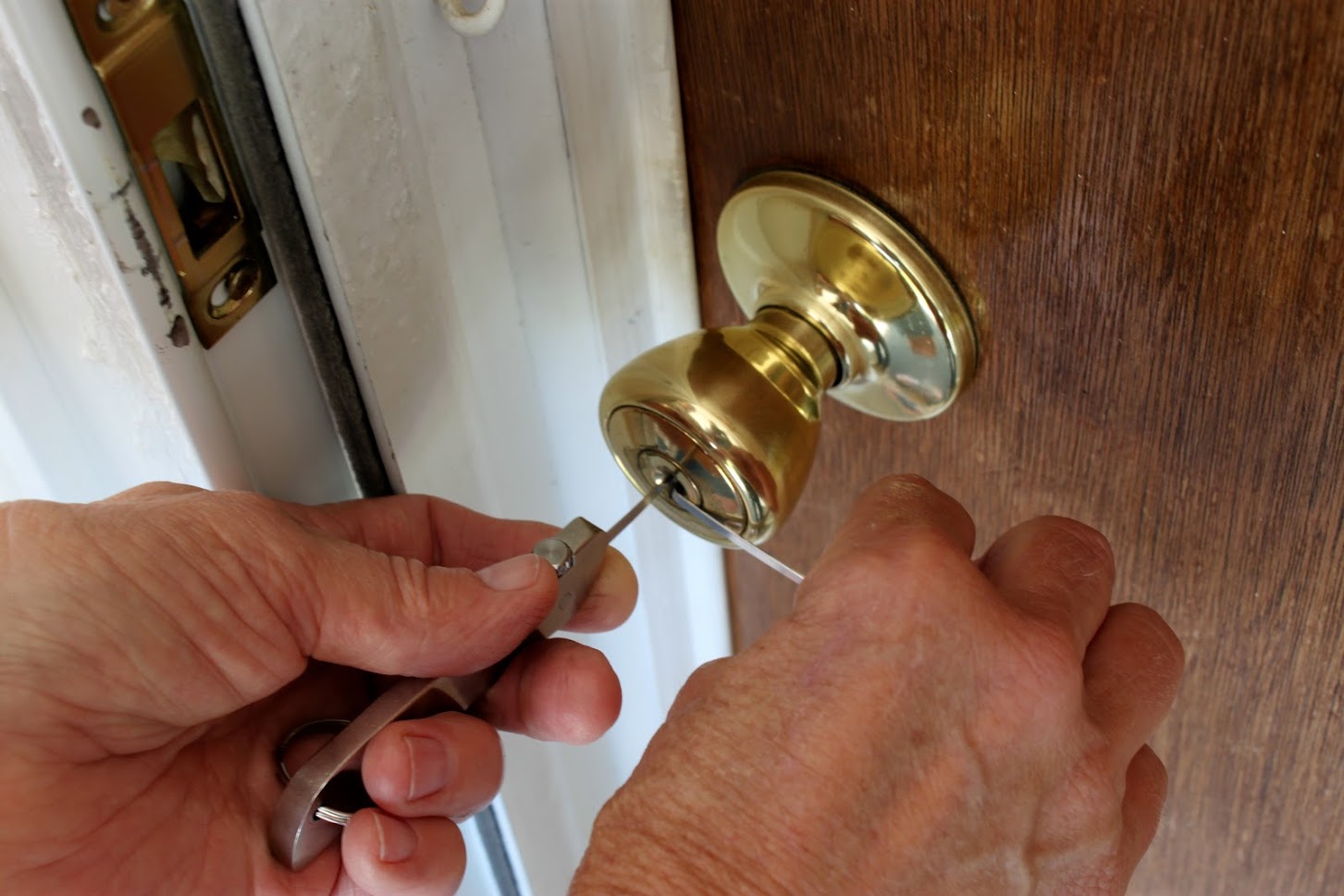

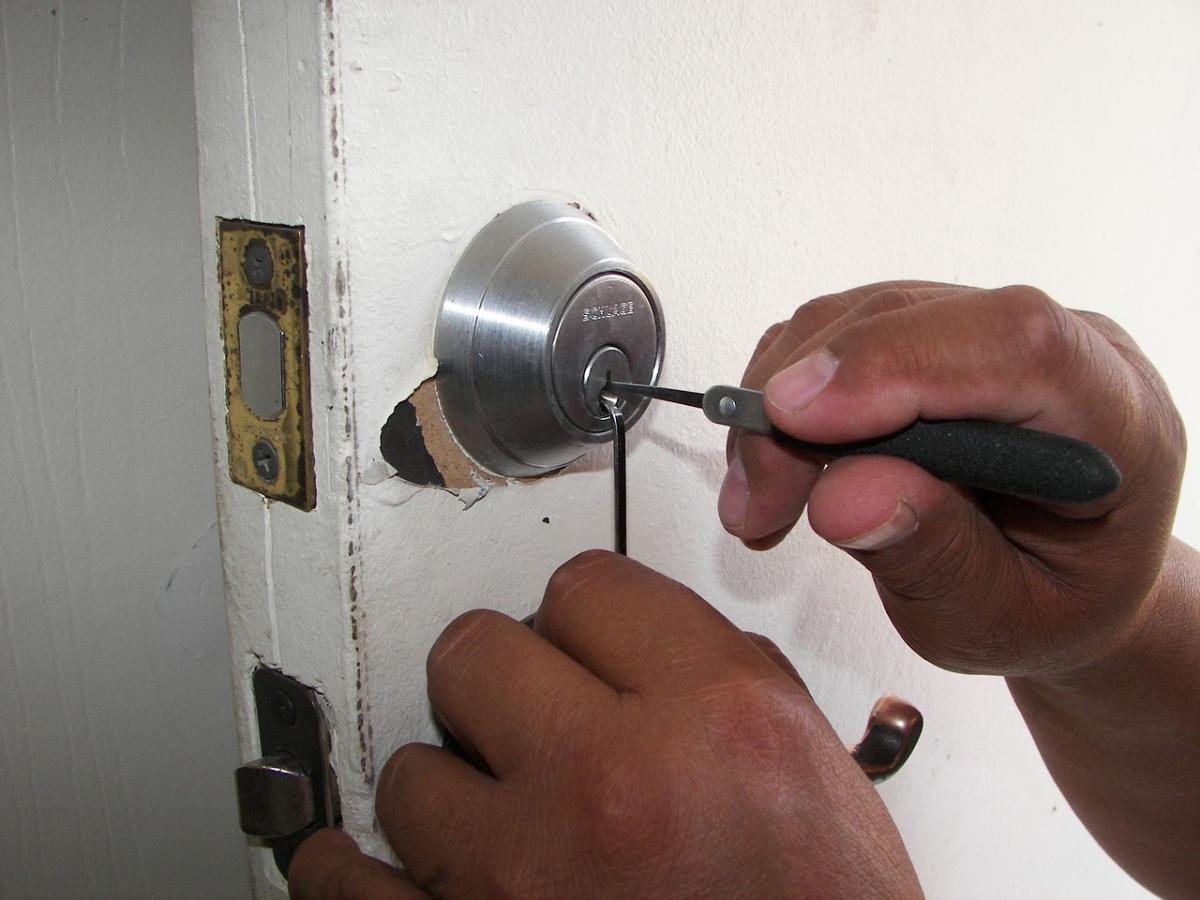

0 thoughts on “How To Pick A Lock On A Door With A Paperclip”